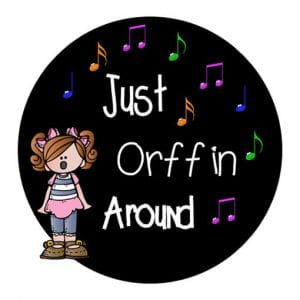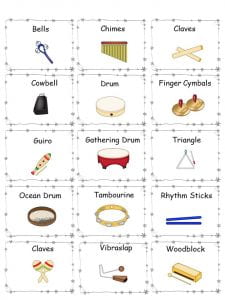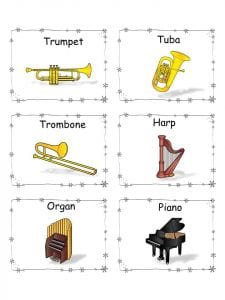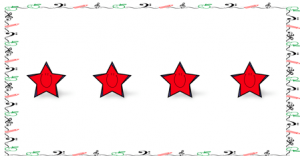2019 was the worst year of my life. I had chronic insomnia for almost the entire year. No sleep at all!!!! I was off work for the month of January but I went back to work in February with a student teacher. So… I taught 180 kids a day on NO SLEEP. I started to dislike my job. I had a gruelling schedule. I was unmotivated – just getting by. But I made it to the end of June, Still no sleep throughout the summer as I waited to see a specialist.
Then, on August 12, my Mom passed away. She was my rock. For 20 years, I have suffered from severe anxiety. It manifested as a fear of dying. When I would have a panic attack, my Mom was the only one who helped calm me down. The week after her funeral, it was back to school time.
In September, my schedule at school had improved significantly. I finally was able to see a specialist who helped. I was liking being a music teacher again. I had more energy. I started feeling creative. I started blogging and sharing my ideas and put more work into my TeacherspayTeachers store.
So, I say BRING ON 2020.
A couple of things before I move onto my goals for 2020.
Part of my unhappiness with my job was an excruciating schedule. Music teachers live for feeling overburdened. I did. I worked my tail off and filled in any down time with ensemble and music enrichment for my students. The problem is, once you start down this road, without limits, people expect all the extras and load you up with more. I have learned that balance is necessary. It is worth fighting for. A proper, healthy schedule will not just benefit you, it will benefit whoever comes next because, eventually, someone else will have your job.
Music Enrichment Opportunities are a CHOICE. You can fill up every spare moment with ensembles, however, children benefit from the quality of the time spent with you, not necassarily the quantity of time spent with you. Our school runs on a 6 day cycle. We offer our “Music Adventures” program on day 2,4 and 6 for 25 minutes. The phys-ed teachers offer intramusrals om day 1,3, and 5 for 25 minutes. The rest of the time, kids do what kids do – PLAY.
Now on to 2020. What are my goals as the New Year begins?
Rediscover the joy of teaching
Anxiety and depression will be a part of me forever. I need to find ways to get my spark back. At least a little. And it begins with my DAYBOOK. I need color, positive vibes, and variety. Sooo…


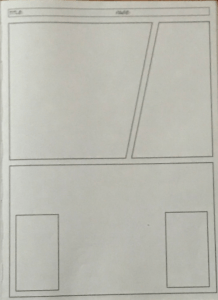
It’s a little unconventional but I LOVE it. I bought some planner sstickers that have positive messages and erasable colored pens give it a little color.
Inspiration comes from discovering NEW RESOURCES so I am going to dive into the following…



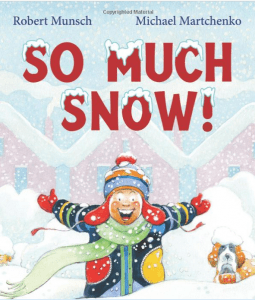
Inspiration also comes from attending conferences. Here I come Carl Orff Canada National Conference – VISION 2020

I have hope that 2020 will be an amazing year. I will be here, trying my best, Come What May…
Take care,
Syndi
